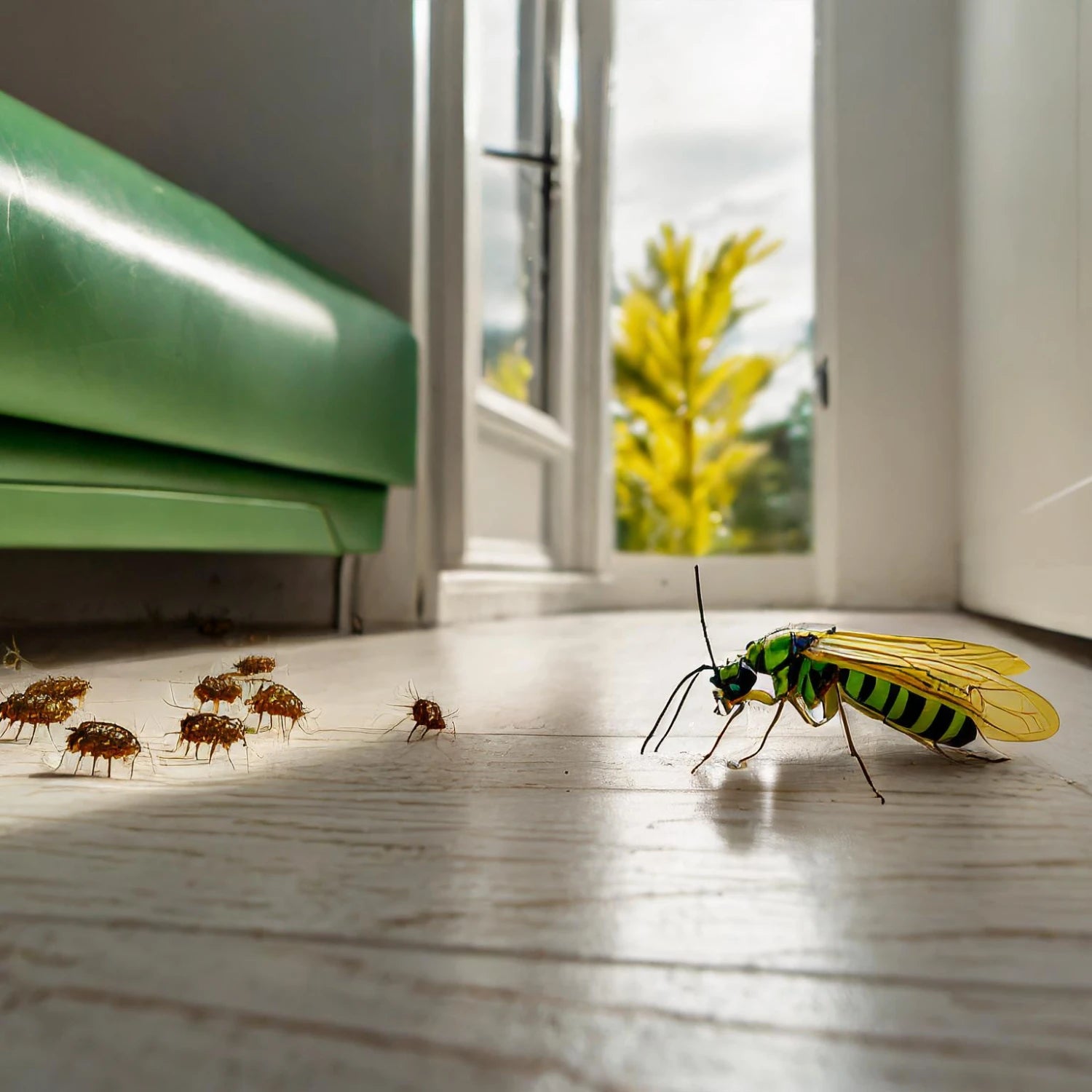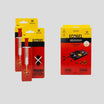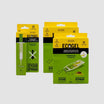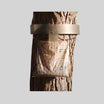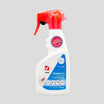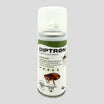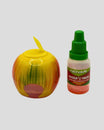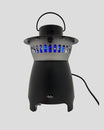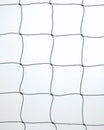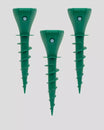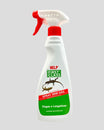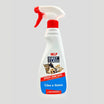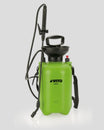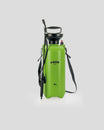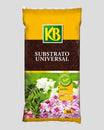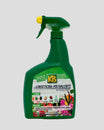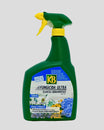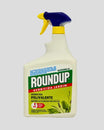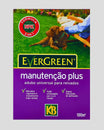There are several species of flies in the world, but there is one behavior that is common to all of them: the way they feed. The fly cannot ingest solid food, so whenever it lands, it releases a substance onto the food to dissolve it so it can ingest it. Since flies are attracted to various types of garbage and rotten food, there is a very high probability of spreading diseases, some of which are harmful to humans.
What are the most common fly species?
In Portugal, there are some popular fly species that we find in various regions of the country.
➡️ Housefly
An infestation of houseflies can be harmful, as this species is attracted to garbage and manure, transferring small particles whenever it lands on a surface. It is the most common species, due to its ability to adapt to the environment, and is responsible for the transmission of more than a hundred pathogenic organisms to humans and domestic animals. Common insecticides are not completely effective in exterminating this species, which is often considered more resistant than cockroaches and mosquitoes.
➡️ Stable fly
Also known as cattle flies, this pest is characteristic of animal breeding areas. They are usually larger than houseflies, reaching up to 2.5 cm in length, with a colour ranging from black to dark brown and green or black eyes. This species of fly spends the winter in the larval stage, so it is more common with the arrival of warm weather in spring and summer.
➡️ Blue blowfly
The blowfly is the one we find near garbage containers. They are known to be carriers of diseases, as they are attracted to meat, animal feces and even dead animals. The blowfly is distinguished by its metallic blue coloration and yellowish head. Blowfly larvae can penetrate wounds, which makes them dangerous to humans.
➡️ Fruit fly
Fruit flies grow to just 3 millimeters in length and enjoy sweet liquids, including soft drinks, vinegar, rotten fruit, syrup and alcoholic beverages. These flies obtain nutrients from fungi and bacteria, from which they extract sugars to produce eggs. They reproduce in sweet foods or in dirty pipes and cleaning utensils.
Habits and curiosities about flies
The life cycle of flies has four stages: egg, larva, chrysalis and adult. A female fly lives for around 30 days and can lay up to 500 eggs (perhaps more in some species). These eggs are laid in decaying organic matter such as decomposing animals, open septic tanks, rubbish dumps, etc. The fly larvae hatch about 24 hours later and remain that way for 5 to 8 days, when they transform into chrysalises (pupae). About 5 days later, the fly hatches.
The adult fly has excellent vision and a reasonable sense of smell. It moves at speeds of 6 to 8 km/h and is diurnal: it rests at night and is active during the day. The rapid reproduction of flies makes this insect one of the most common pests, both in cities and in the countryside. Learn here how to deal with a fly infestation.
Recomended Products


